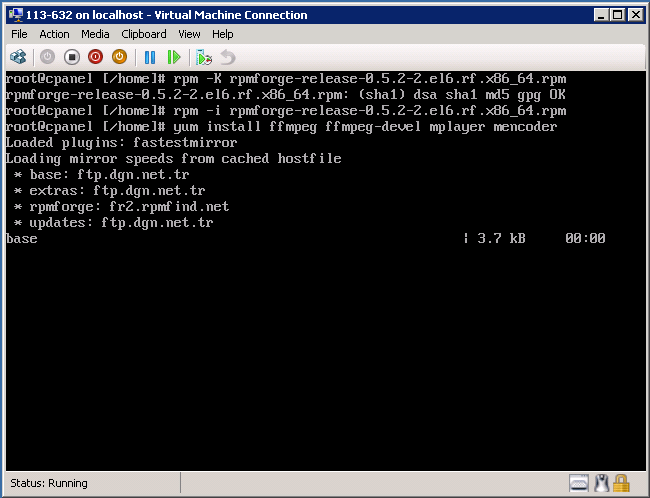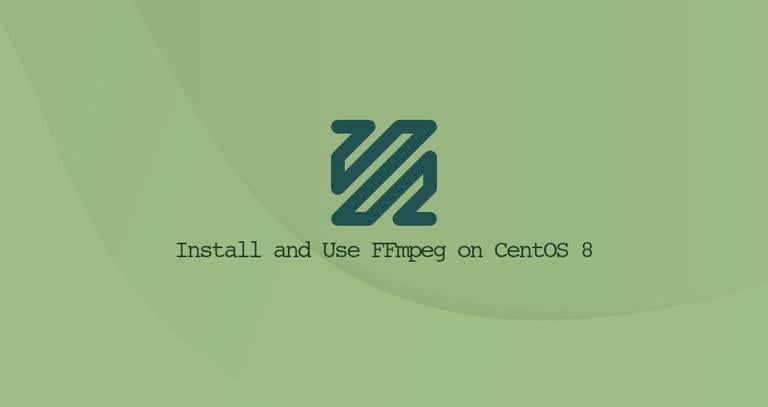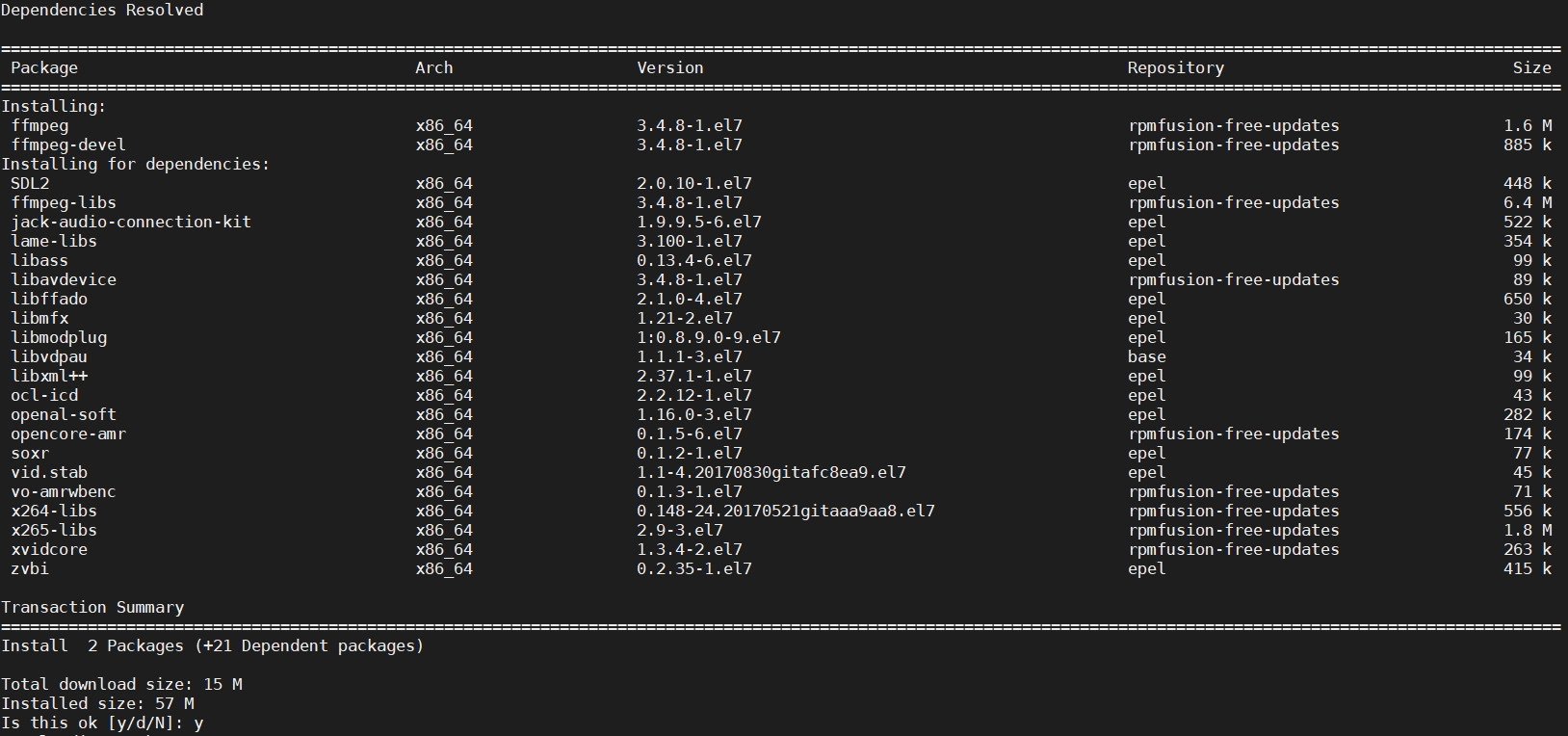

See the H.265 Encoding Guide for more information and usage examples. Ensure environment is able to resolve path to nasm binary. Run yum remove nasm & hash -d nasm and x264 will then use your newly compiled nasm instead. configure then the outdated nasm package from the repo is installed. Minimum version is nasm-2.13 or similar after running. configure -prefix="$HOME/ffmpeg_build" -bindir="$HOME/bin" -enable-static

PKG_CONFIG_PATH="$HOME/ffmpeg_build/lib/pkgconfig". Requires ffmpeg to be configured with -enable-gpl -enable-libx264. See the H.264 Encoding Guide for more information and usage examples. Highly recommended or your resulting build may be very slow. For example, if libvpx is not needed, then skip that section and then remove -enable-libvpx from the Install FFmpeg section.Īn assembler used by some libraries. Tip: If you do not require certain encoders you may skip the relevant section and then remove the appropriate.

You can easily undo any of this as shown in Reverting Changes Made by This Guide.

This can be deleted if desired when finished with the guide.


 0 kommentar(er)
0 kommentar(er)
